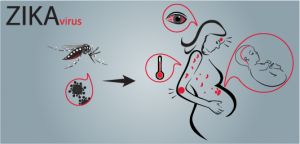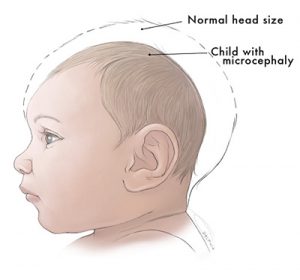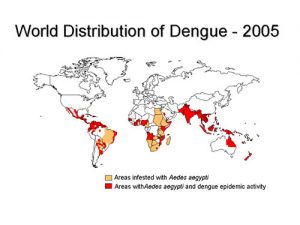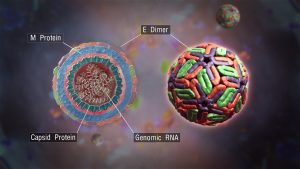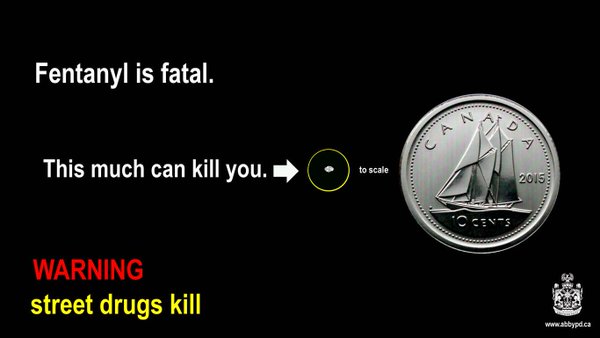
Source: Ann Yooper
Have you slipped on ice recently? According to a 2016 study which tested winter boots’ resistance to slipping on ice, the odds are high that you will in the near future. But why is ice slippery anyways?
You’d think why ice is slippery would have been a question answered before we even had a word for scientists. But until very recently scientists couldn’t agree on what caused this simple phenomenon; and in a way, we still don’t.
Many people, when asked why ice is slippery, answer something like, “Liquid water is more dense than ice, so when we step on it we squeeze it into water.” This idea is loosely based on what an engineer named John Joly proposed in 1886. John Joly built on the research that stated that an increase in pressure decreases the freezing point, and calculated at what temperature ice would melt under the pressure of an ice skater.

Relationship between pressure and temperature. Source: Hnchan01
Joly found that the pressure under an ice skater’s boots was roughly a third of the Marianna Trench’s pressure. The freezing point fell from 0°C to -3.5°C. The problem is that people wearing sneakers in temperatures under -5°C slip also, so this theory couldn’t be right. In reality, pressure-melting only applies if the temperature is close to the new melting point.
In 1939, scientists took another jab at this using friction. Frank Bowden and T. P. Hughes tested the effect of friction of skis, and their speed. They were essentially testing how much heat could be created with friction, which would then melt some of the ice, which would then lubricate the ice. What they found was that having just enough friction to create water was optimal for slipperiness. The issue is that ice is slippery even for a person standing motionless. So while friction-melting may explain some things, it’s certainly not the complete answer we’re looking for.

Ice cubes. Source: George Hodan
So scientists were at a dead end, but what they didn’t realize was that this problem was already solved, at least partially. In 1850, Michael Faraday took time off being the Father of Electricity and said that ice had liquid surfaces, which he demonstrated by fusing two ice cubes together. Scientists thought that this was refuted at the time, but in 1957 a group of scientists led by Charles Hosler confirmed this to be true.
But what causes this liquid layer to form? We’re not entirely sure why. Some scientists say that it’s due to surface molecules moving around for stability, some will tell you that it’s because surface molecules have less chemical bonds anchoring them, and others will just shrug. All we can say at the moment is that ice has a liquid layer because… it’s ice.
In closing, we know that ice is slippery because it has a liquid layer, although we’re not sure why. So in a sense if you slip on ice, no one knows why you slipped.
-Kidong (Eric) Jeong





